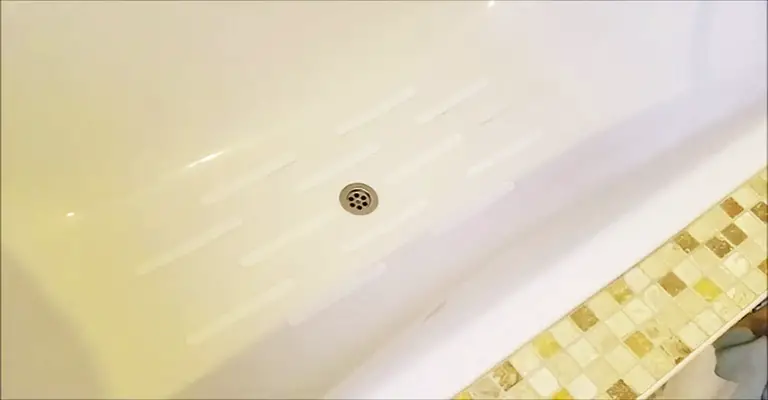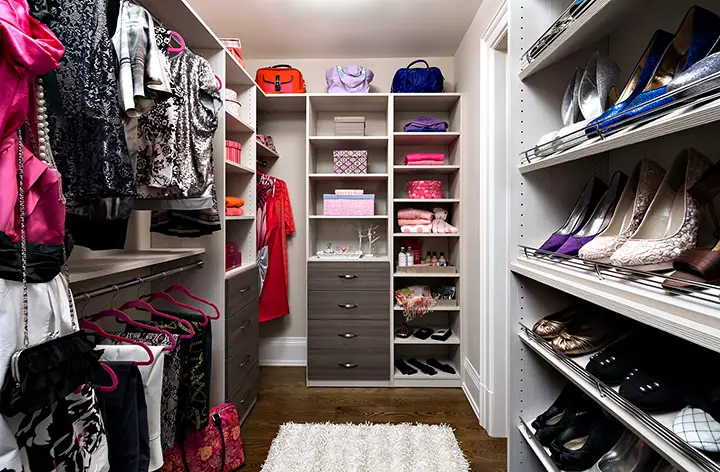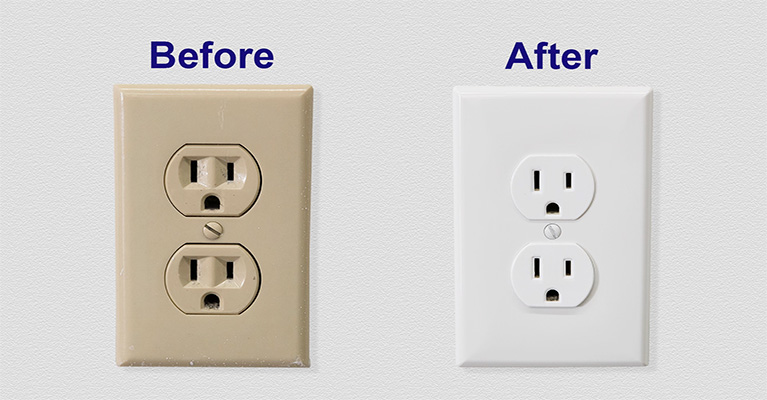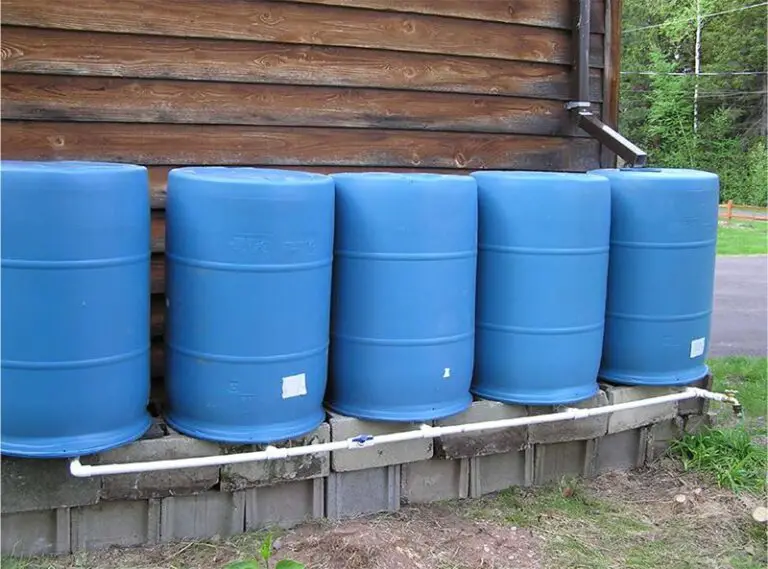Mobile Home Underpinning: Enhancing Your Home’s Durability
Mobile homes have revolutionized the concept of affordable and flexible living. However, the durability and aesthetic appeal of these homes can be significantly enhanced by a process known as underpinning. Mobile home underpinning not only augments the structural integrity of your home but also adds to its overall aesthetic charm. This comprehensive guide delves into what mobile home underpinning is, its benefits, the different types available, and tips for choosing the right underpinning solution for your home.
What is Mobile Home Underpinning?
Underpinning in the context of mobile homes refers to the material or method used to cover the space between the ground and the bottom of the home. This process serves several key functions: it provides additional support to the structure, helps in maintaining the temperature inside the home by reducing drafts, and enhances the overall appearance of the home.
Benefits of Underpinning Your Mobile Home
Enhanced Structural Stability
Underpinning strengthens the foundation of your mobile home, safeguarding it against environmental stressors such as wind or seismic activity.
Improved Insulation
Proper underpinning can reduce heating and cooling costs by providing an additional layer of insulation.
Pest Prevention
It acts as a barrier against rodents and insects that might otherwise find their way into your home.
Increased Resale Value
A well-underpinned mobile home often has a higher market value, as it indicates well-maintained and sturdy housing.
Types of Mobile Home Underpinning
Vinyl Skirting
This is a popular and cost-effective option. Vinyl skirting is easy to install, durable, and comes in various designs and colors.
Metal Skirting
Known for its durability and strength, metal skirting provides excellent protection but might be on the higher end price-wise.
Concrete or Brick Skirting
For those seeking a more permanent solution, concrete or brick skirting can be an ideal choice. It offers excellent durability and can significantly enhance the home’s aesthetic appeal.
Insulated Skirting
Specifically designed to improve energy efficiency, insulated skirting can be a smart choice in climates with extreme temperatures.
Choosing the Right Underpinning for Your Mobile Home
Selecting the right underpinning involves considering several factors:
Budget
Determine how much you are willing to spend as costs can vary widely based on materials.
Climate
Consider the typical weather conditions in your area. In colder climates, insulated skirting might be a necessity.
Aesthetics
Choose a style and color that complements your mobile home’s design.
Maintenance Requirements
Some materials require more upkeep than others. Consider how much time you are willing to dedicate to maintenance.
Installation Tips
Professional Installation vs. DIY
While DIY kits are available, professional installation is recommended for optimal durability and effectiveness.
Ensure Proper Ventilation
It’s crucial to allow for adequate airflow to prevent moisture buildup underneath the home.
Check Local Regulations
Always check with local building codes and regulations before commencing any underpinning project.
Maintaining Your Mobile Home Underpinning
Once your mobile home underpinning is installed, regular maintenance is key to ensuring its longevity and effectiveness. Here are some maintenance tips:
Regular Inspections
Periodically inspect your underpinning for any signs of damage or wear, such as cracks, holes, or loose panels. Early detection of issues can prevent more significant problems down the line.
Cleaning
Keep your underpinning clean. For vinyl and metal skirting, a gentle wash with soap and water can remove dirt and debris. Brick and concrete may require occasional pressure washing.
Repairing Damages
Address any damages promptly. Most underpinning materials can be easily repaired or replaced in sections if needed.
Preventing Moisture Accumulation
Ensure that your underpinning allows for proper ventilation to prevent moisture buildup, which can lead to mold and structural issues.
DIY vs. Professional Underpinning
The decision between DIY and professional installation of mobile home underpinning can significantly impact both the cost and quality of the job. DIY kits are available for those who are handy and looking to save on costs. However, a professional installation offers several advantages:
Expertise: Professionals have the knowledge to choose the best materials and methods for your specific situation.
Quality Assurance: With professional installation, you get the assurance of quality workmanship, which can be crucial for the durability and effectiveness of the underpinning.
Time-Saving: A professional can complete the job more quickly than a DIY enthusiast, saving you time and hassle.
Cost Considerations
The cost of mobile home underpinning varies depending on the material, size of your mobile home, and whether you choose DIY or professional installation. Here’s a brief overview:
Vinyl Skirting: Generally the most affordable option, perfect for those on a tight budget.
Metal Skirting: A bit more expensive than vinyl, but offers better durability.
Concrete or Brick Skirting: This is usually the most expensive option, but it adds a permanent, high-value look to your home.
Insulated Skirting: Costs more than basic vinyl or metal options but can save money in the long run through energy savings.
Frequently Asked Questions (FAQs)
Q: Can mobile home underpinning help in saving energy costs?
A: Yes, underpinning, especially when insulated, can significantly reduce energy costs by providing better thermal regulation. It helps in maintaining a consistent temperature inside the home, thereby reducing the need for excessive heating or cooling.
Q: How long does mobile home underpinning last?
A: The lifespan of underpinning depends on the material used and how well it is maintained. Vinyl and metal skirting can last for several years, while concrete or brick options can last even longer. Regular maintenance and prompt repairs can extend its lifespan.
Q: Is it mandatory to have underpinning for a mobile home?
A: While not always legally mandatory, underpinning is highly recommended for the structural stability, insulation, and aesthetic appeal of your mobile home. Some localities may have specific regulations requiring underpinning, so it’s important to check local codes.
Q: Can I install mobile home underpinning by myself?
A: Yes, DIY installation is possible, especially with vinyl and some metal skirting kits designed for easy installation. However, if you are not experienced in such work, professional installation is advised for optimal results.
Q: How do I choose the right underpinning material for my mobile home
A: Consider factors like your budget, the climate in your area, your home’s aesthetic, and how much maintenance you’re willing to undertake. Insulated skirting is ideal for extreme climates, while vinyl or metal can be sufficient for milder conditions.
Final Thoughts
The choice of underpinning, be it vinyl skirting panels, concrete skirting panels, or other mobile home skirting kits, plays a pivotal role in enhancing both the functionality and aesthetic appeal of manufactured homes. Whether you opt for the classic look of grey panels, the earthy tone of brown panels, or the robustness of concrete, each type contributes uniquely to the preservation and enhancement of outdoor living spaces. Incorporating a moisture barrier as part of the underpinning process, especially in the crawl space, is crucial for the longevity and health of your home.
By carefully selecting the right materials and ensuring a minimum order quantity that meets your home’s requirements, your manufactured home skirting can serve as a strong, visually appealing foundation that complements your outdoor space. As you finalize your decision on manufactured home skirting, remember the importance of having your identity confirmed by a professional installer or supplier. This step not only ensures that you receive quality materials and advice tailored to your specific needs but also guarantees that you are investing in the right products for your home.
Mobile home skirting kits, available in various materials and colors, offer an excellent opportunity to enhance the aesthetic and functional value of your home. By choosing the right skirting—be it vinyl, concrete, or other materials—you’re not just protecting your home; you’re elevating its overall appeal and ensuring a comfortable, secure living environment.





